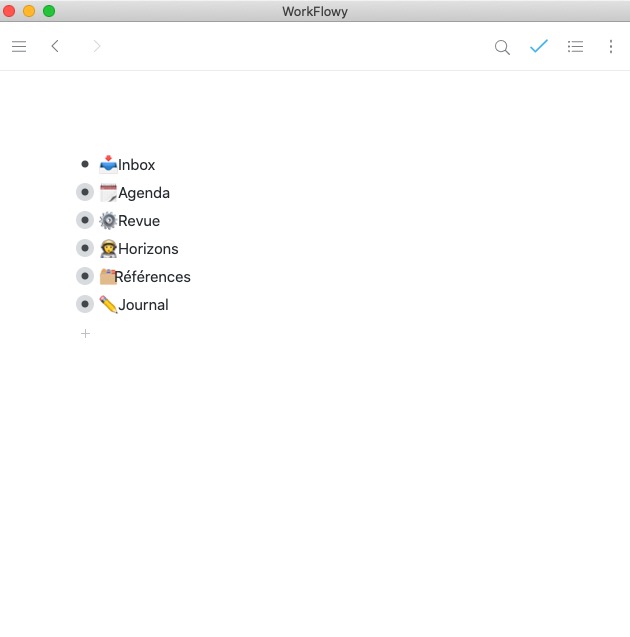
It prioritizes this kind of flexibility over speed (it’s terribly slow), collaboration (which usually leads to sync errors), and even stability (it’s one of the buggiest programs of its prominence around). Andreasen writes in The Atlantic, describing his research scanning the brains of highly accomplished creatives, that “creative people are better at recognizing relationships, making associations and connections…”Įvernote’s ability to capture an extremely diverse range of media formats is a strong hint that this is what it should be used for. It’s been said in many different ways: creativity is connecting things, especially things that don’t seem to be connected. We need to answer, in detail: What exactly are the conditions required for high-performance creativity, and how can we use Evernote to create these conditions? To describe what this “mid-level thinking” looks like, we need to dive deep into what creativity means and how it’s enabled.īut let’s not be satisfied with the many books and articles that merely describe creativity in logical circles (“Creativity is seeing things in an original way” Really?!) Latter as easy, fast, and efficient as possible Memory and high-level creativity, making the Mid-level thinking that interfaces between low-level


If a tool like Evernote doesn’t add much value performing low-level tasks like “remembering things,” and it’s incapable of performing high-level creative thinking, what is it good for? We only have the roughest idea of what that would require, but last year the world’s 4th most powerful supercomputer took 40 minutes to simulate just 1 second of 1% of a brain’s activity. In other words, to store just a static map of the physical brain structure of two individuals would require 100% of global storage capacity.Īnd that’s just the structure, not counting any actual processing. We learned in the New York Times recently that storing a single human brain’s connectome (the complete map of all neurons and the interconnections between them) would take half the planet’s digital storage capacity: 1.3 billion terabytes.
#Workflowy blog software
Are we really claiming that a software program can think? Evernote is most valuable not as a remembering tool, but as a thinking tool.īut this presents us with a tall order. This is “dumb” information by design, so an intelligent tool doesn’t add much value. This includes the storage and retrieval of straightforward factual information: parking tickets, receipts, user manuals, packing lists, recipes, menus, business cards, language materials, doctor’s notes, government documents, tax documents, logins/passwords, school assignments, etc. I want to dispel a myth: It’s not just “remembering things.” Our brains are not particularly good at that anyway, so having a second one wouldn’t help much.

What does that mean exactly? What, in fact, would we use a second brain for? To answer it, we have to drill down into Evernote’s original mission: What would it look like to use Evernote as the basis for a creative workflow, in line with known neuroscience principles? I previously explained how the standard tag-based approach basically contradicts everything we know about creativity and how the human brain works.Īfter a few months of tinkering, I’m ready to attempt an answer to the reverse question: Let’s imagine how you would use Evernote if you had a brain. To learn more, check out our online bootcamp on Personal Knowledge Management, Building a Second Brain. This post was republished on the Evernote blog.


 0 kommentar(er)
0 kommentar(er)
